
All categories
Featured selections
Trade Assurance
Buyer Central
Help Center
Get the app
Become a supplier

(1401 products available)







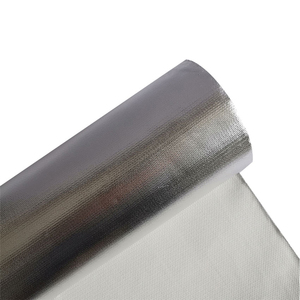
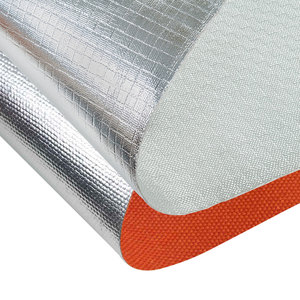



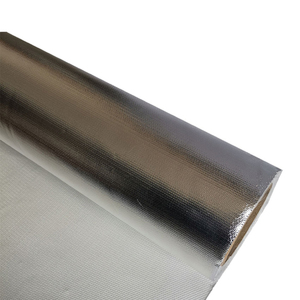

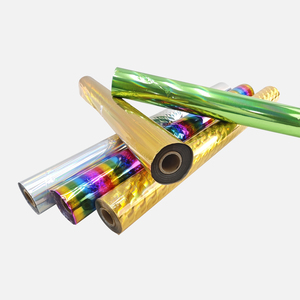
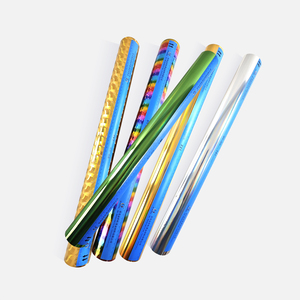






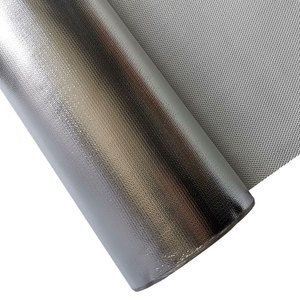


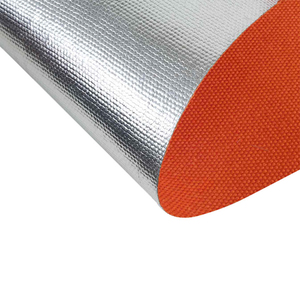


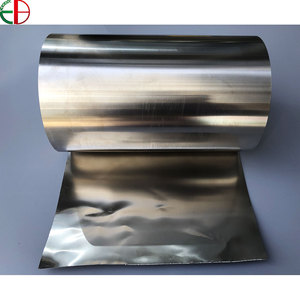
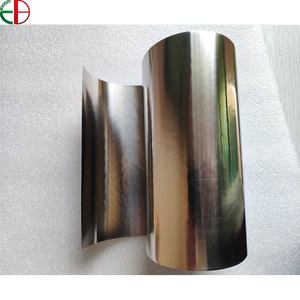


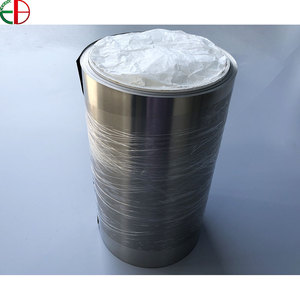


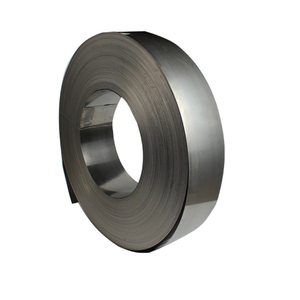


Cobalt foil is a thin, flexible material, often less than a millimetre thick and mainly made of pure cobalt or cobalt alloys. Cobalt foil is important in many industries because it resists heat, corrosion, and wear. Cobalt's unique characteristics make it suitable for advanced applications. The following are some common types:
Cobalt 60 foil
Cobalt 60 foil is an isotope used to treat cancer by killing malignant cells during radiotherapy. It also sterilizes medical equipment and supplies like syringes and bandages by exposing them to the radiation it emits. Most importantly, Cobalt 60 is used in foods to kill harmful bacteria and pests while preserving vitamins and minerals in the process.
Cobalt16 alloy foil
This foil is derived from cobalt and 16% chromium. It is used to make cutting tools and dies that must withstand high temperatures and pressures. These include tools for working with hard metals, plastics, and extrusion dies. Because of its ability to retain hardness, resist wear, and its corrosion resistance, it is ideal for use in harsh production environments.
Cobalt tungsten foil
Cobalt tungsten foil is commonly used in cutting tools and machine parts, such as cemented carbide, where it provides toughness, wear resistance, and strength. It is also used in high-temperature applications, such as rocket nozzles and turbocharger components, where the rigidity and durability of cobalt tungsten are required.
Cobalt chromium alloy foil
The cobalt chromium alloys contain approximately 30 to 35% chromium and 5 to 10% molybdenum. Due to its biocompatibility and resistance to wear and corrosion in harsh environments, one of its uses is in medicine to make knee and hip implants. Other ways include dental prosthetics, such as crowns and bridges and surgical instruments that require precision and durability.
Cobalt nickel alloy foil
Cobalt nickel alloys contain about 50% cobalt and nickel. Because it neither expands nor contracts with changes in temperature, Cobalt nickel foil is ideal for precision instruments that must remain accurate under varying temperatures. Examples of these instruments are thermometers and barometers. It is also important in aerospace components that function in fluctuating temperature environments.
Cobalt foil has many applications because of its unique qualities and the ability to meet the growing demands of modern industry. The following are some common uses:
Aerospace components
Cobalt foil is used to make turbine engines, combustors, and other components in this industry. These parts must withstand extreme temperatures. Cobalt's ability to retain mechanical properties and resist oxidation in high-heat environments is critical to the durability and performance of aerospace engines and other components.
Battery technologies
Cobalt foil is widely used in lithium-ion batteries for electric vehicles, laptops, and smartphones. It increases energy density and provides longer discharge times. Cobalt's stability as a cathode material contributes to the overall safety and efficiency of these batteries. As demand for electric vehicles and portable electronics increases, the demand for cobalt foil in battery production also increases.
Medical devices
Cobalt accessories such as implants and surgical tools are manufactured using cobalt foil. Because cobalt alloys resist wear and corrosion, they are often used in hip and knee replacements that require materials that will not react with bodily fluids over time. Surgical instruments that retain sharpness and durability during repeated sterilization are also made using the foil.
Turbine blades
Cobalt foil is an important material for turbine blades used in gas turbines, jet engines, and power generation systems. Turbine blades must withstand extreme temperatures while maintaining their shape and strength. The cobalt chromium alloy retains hardness and provides superior resistance to oxidation and corrosion. This durability ensures that turbine blades perform efficiently, making power plants reliable and making jet engines fuel-efficient.
Cutting tools
Cobalt foil is used to make high-speed steel cutting tools. One of the properties that make it useful is that it keeps the cutting edge hard and sharp when cutting tough materials like steel. It also increases the durability and longevity of drills, mills, and lathes. Cobalt cutting tools are important for industries that need precise, fast, and efficient machining to minimise downtime.
Magnetic applications
Cobalt foil's magnetic qualities make it suitable for making magnets in motors, generators, and magnetic recording media. It retains its magnetism even at elevated temperatures, making it critical for aerospace and high-temperature industrial applications. Cobalt's contribution to strong, reliable magnets enhances the performance and efficiency of many electronic devices.
Cobalt foil, usually less than 1 mm thick, is a thin and malleable material. It can be made into pure cobalt or alloyed with other metals, such as chromium, tungsten, or nickel, for increased strength and durability. The mechanical properties of cobalt foil include tensile strength, hardness, and thermal expansion resistance, making it useful in various industrial applications. Cobalt's corrosion resistance further increases its durability, especially in harsh chemical and marine environments. The production processes for cobalt foil include chemical and electro deposition, mechanical grinding, and exfoliation, depending on its intended use.
The installation depends largely on the application the foil is used for. In electronics, cobalt foil can be bonded or soldered to circuit boards to form components like batteries, capacitors, and inductors. In medica ldevices, the foil is shaped and fitted into implants or devices after transforming it into a biocompatible form. Cobalt tools, which include cutting and machining tools, use cobalt foil by embedding the foil into tool bits for durability. In aerospace parts, the foil is processed into parts that retain strength and form in high-temperature environments.
Cobalt tools and devices that use the foil must be regularly inspected for wear and tear. Depending on the severity of use, parts that use cobalt foil must be replaced frequently. Cobalt tools should also be sharpened using diamond wheels or bits, which wear less than other disc materials. Users of cobalt devices must clean them with mild soapy water and a soft bristle brush or cloth. Strong detergents and abrasive materials shouldn't be used, as they might damage the device. Cleaning and sterilizing tools with heat, such as autoclaves, should also not be done, as the heat may damage the tools.
There are several quality and safety considerations regarding cobalt foil, especially in industries where it is used in high-precision applications. The following are some important factors:
Purity and composition
Cobalt foil must be of high purity to achieve the desired mechanical properties in industrial applications. Impurities can alter the material's strength, corrosion resistance, and biocompatibility. Medical implants, batteries, and cutting tools must use cobalt foil with the correct alloying composition to meet industry standards and ensure optimal performance.
Manufacturing standards
Cobalt foil manufacturers must follow quality control procedures to ensure that the material is consistently manufactured without defects. These include monitoring thickness uniformity, mechanical properties, and surface quality. For applications that require high precision, such as aerospace parts and medical devices, defects in cobalt foil can cause equipment failure or compromise patient safety.
Radiation and exposure
Cobalt-60, which is used extensively in cancer treatment, sterilization, and food treatment, emits gamma radiation. Therefore, it has to be handled with proper shielding and safety protocols to prevent exposure to radiation in managed amounts. Facilities that process cobalt materials must follow regulatory guidelines for storage, disposal, and employee safety. Personal protective equipment (PPE) must always be worn by personnel working in these facilities, and radiation monitoring must be in place. It also keeps the cobalt foil safe, as it may easily become contaminated with radioisotopes. If that happens, it will no longer be usable for its intended purpose.
Recycling and disposal
Cobalt materials can be recycled. This helps to meet environmental sustainability goals. However, recycling processes must ensure that the materials follow quality standards. This includes cleaning the cobalt to remove contaminants that might affect its purity and properties. Disposal of cobalt materials that cannot be recycled must comply with local regulations concerning hazardous waste. Cobalt can pose environmental and health risks if released into the surroundings. Therefore, proper disposal methods must be in place to prevent it from affecting soil, water, and ecological health.
A1.The most notable industrial applications are in medical devices, aerospace components, cutting tools, and batteries. In medicine, for example, it is used for implants and devices that require durable materials that will not benignly react with body fluids over time. Cobalt foil's resistance to heat, corrosion, and wear makes it an ideal material in these industries, where longevity and reliability are critical.
A2.Quality, thickness, alloy composition, and purity, play an important part in the selection process. Pure cobalt foil is preferred in areas that require biocompatibility for electrochemistry studies and medical implants, while cobalt alloys are better for applications needing enhanced strength and durability. The alloy composition depends on the intended use, as some provide better wear resistance, while others offer greater thermal stability.
A3.Yes, it does. The thickness of cobalt foil determines its flexibility and mechanical properties. Thin foil are used in electronics and medical devices, while thicker foils are suitable for high-strength applications such as cutting tools. The electrical and thermal properties of the foil are also affected by thickness. These are some more reasons why thickness must be carefully considered when selecting cobalt foil for specific applications.
A4.Cobalt chromium alloy manufacturers handle cobalt foil with cobalt alloys similarly as they do other metals. They use fundamental PPE, including gloves and masks, as a shield against dust and metal particles. It must be correctly stored to avoid contamination and oxidation exposure to harmful chemicals in the environment. Proper ventilation in storage and working areas is critical to prevent exposure to harmful inhalants while adhering to the protection and hygiene regulations set out by the Occupational Safety and Administration (OSHA) and other safety organisations.
A5.Cobalt foil is widely recyclable. In fact, recycling Cobalt helps reduce mining costs, conserve natural resources, and minimize ecological harm. The recycling process entails melting down the foil to recover the cobalt, which can then be reprocessed and reused in the manufacture of new products. Careful cleaning and refining during the recycling process ensure the foil maintains its purity and quality for future use. Environmental Protection Agency regulations must be followed during the recycling process.